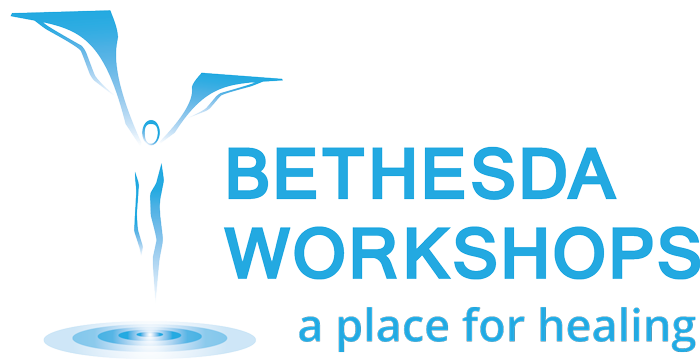For several months we have been afraid our ancient, arthritic dog is on her last legs, literally. At age 13, her gait and energy have been declining for a number of years, despite the various medicines available. (Believe me, she’s taking them all, including pain meds, to the tune of a significant amount of money each month.) Belle can barely walk and has difficulty rising when she’s lying down.
She seems happy, though, and still insists on following us wherever we move through the house. Even when we go upstairs or downstairs away from her cushy basket, she lumbers in pursuit. She sleeps like…well, a dog, and she eats well. Still, how would we know what she feels like inside? I would hate for her to be in pain and we not realize it. So once again recently we lifted her into the car for a trip to the vet.
Of course, Belle has 1,000% more energy at the vet’s office, so I always worry she may not be presenting an accurate picture of her situation. (She comes home and crashes for hours afterward.) Dr. Ladd loved on her and immediately remembered everything about her history, which is why we have entrusted our four-legged family members to him for nearly 30 years.
He also has the veterinarian skills and judgment we lack. During this exam Steve did something I don’t remember seeing before: He lifted her paws one by one and put them back on the floor with her toes curved under instead of the foot resting on its pads. Each time she calmly readjusted her foot and put it solidly on the floor. Next, he asked us a number of questions about her behavior and interest in being with us.
To our relief, Steve assured us Miss Belle doesn’t seem to be in significant pain. She has stiffness for sure, but the medicines are keeping her comfortable. He scratched her ears and the base of her tail and pronounced, “She’s actually doing well for everything she’s been through. She can still feel her feet and she wants to be with her people. You need to start worrying when she can’t sense the floor or she doesn’t bother to come be with you. Watch especially for her not getting up to follow you. That’s an important sign that she’s in trouble.”
While Belle was snoring in her cushy basket after the excursion, I realized she had illustrated two essential principles. To live a healthy life you have to feel your feet. You have to know when you’re on the right path and be able to correct your steps if needed. To adjust and recover when you stumble. You have to be grounded and aware.
More important, you have to stay connected to your people. You must want to be in community badly enough that you’ll limp up the steps to find them. To value their presence more than your comfortable solitude and hobble into the rooms and sanctuaries of intimacy. Seeking connection wards off the pain.
Thank you, Miss Belle, for being a teacher as well as a friend.
Marnie C. Ferree
